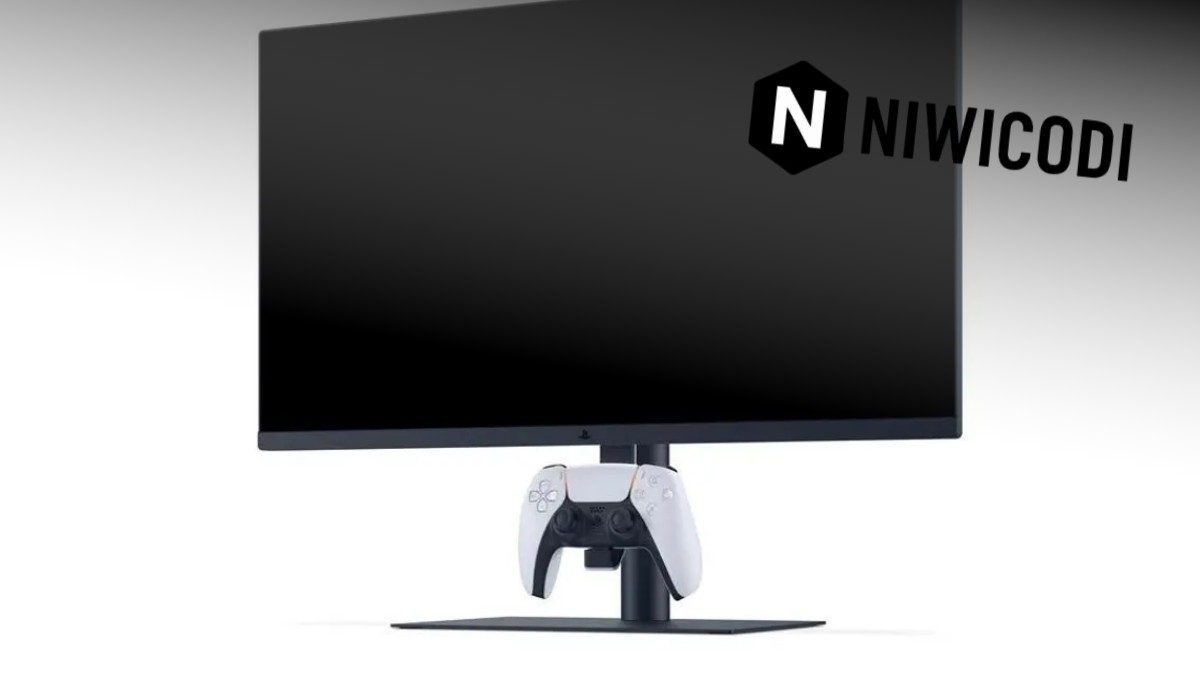Sony’s unveiling of a 27-inch gaming monitor exclusively for the US and Japan feels like a calculated move in the ongoing battle for immersive gaming experiences. As the lines between console and PC gaming blur, the introduction of bespoke hardware like this signals Sony’s strategic pivot towards capturing the full gaming ecosystem.
The Allure of Tailored Hardware
In today’s tech landscape, where gamers are demanding more than just high frame rates and resolution, the gaming monitor stands out as a significant piece of the puzzle. It’s not just about having a screen; it’s about creating an experience that complements the prowess of the PlayStation itself. A dedicated gaming monitor can optimize response times, ensure vibrant color accuracy, and offer refresh rates that keep pace with next-gen consoles.
Sony’s decision to limit availability to the US and Japan hints at a targeted approach. These markets are not just large but are home to some of the most enthusiastic and demanding gamers. By focusing on these regions, Sony might be aiming to test the waters before potentially expanding its reach.
From a technical perspective, one could speculate that this monitor will be equipped with features tailored to enhance PlayStation gaming specifically. Think variable refresh rate support, perhaps even integration with PlayStation’s unique features like DualSense haptic feedback. Such synergies could elevate gaming sessions from mere play to truly immersive experiences. To read Why Lumines Still Feels Revolutionary in Puzzle Gaming Today
Yet, there’s more at play here than just hardware specs. This move could be seen as Sony’s attempt to create an ecosystem where every component works in harmony. It’s about building a brand experience that starts when you power up your console and doesn’t end until you shut it down.
The exclusivity might also stir interest and demand, creating a sense of desire around something not readily available everywhere. It taps into the idea that ownership isn’t just about having hardware but being part of an elite group who experiences gaming as Sony envisions it.
So, what’s next? As gamers become more discerning, manufacturers will need to innovate continually, crafting devices that don’t just keep up with technological advancements but anticipate them. Sony’s monitor might just be one piece in their broader strategy to redefine what it means to be a gamer in this era—an era where every detail counts.
In conclusion, while specifics about the monitor remain under wraps, its release is a clear signal of Sony’s commitment to deepening its footprint in the gaming world. It’s an invitation for gamers to think beyond their consoles and consider how peripherals can transform their play. As these developments unfold, one thing is certain: the future of gaming looks bright—and very immersive indeed.


